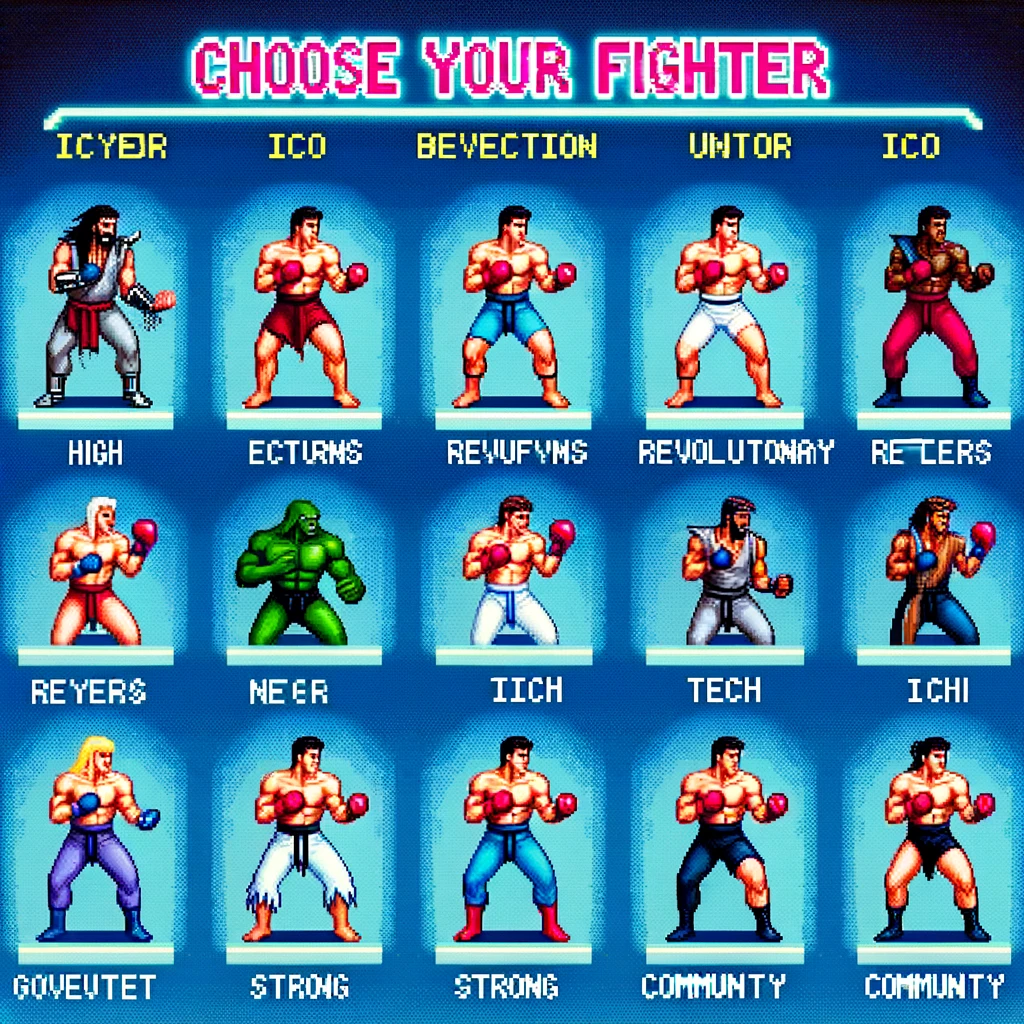Welcome to the world of stablecoins! If you’re a crypto enthusiast looking to understand the intricacies of this unique category of cryptocurrency, you’re in the right place. In this guide, we’ll explore what stablecoins are, why they matter, how they work, and how to find the best stablecoins to buy now. Let’s dive in!
What Are Stablecoins?
Stablecoins are a type of cryptocurrency designed to maintain a stable value by being pegged to a reserve asset like the US Dollar, Euro, or other traditional currencies. Unlike volatile cryptocurrencies such as Bitcoin or Ethereum, stablecoins aim to provide the benefits of digital currency—such as security, transparency, and lower transaction costs—while offering price stability.
Why Do Stablecoins Matter?
Stablecoins play a crucial role in the cryptocurrency ecosystem for several reasons:
- Price Stability: They offer a safe haven during periods of high volatility in the crypto markets.
- Ease of Transactions: Stablecoins facilitate easier and quicker transactions compared to traditional banking systems.
- Decentralized Finance (DeFi): They are widely used in DeFi platforms for lending, borrowing, and earning interest.
- Borderless Transactions: Enable seamless cross-border transactions without the need for currency conversions.
In This Guide
1. The Evolution of Stablecoins
Stablecoins have evolved significantly since their inception. Initially designed as a means to bridge the gap between fiat currencies and cryptocurrencies, stablecoins have now become integral to various blockchain applications, especially in DeFi.
2. Criteria for the Best Stablecoins
When considering which stablecoins to use or invest in, it’s essential to evaluate them based on several criteria:
- Collateralization: Whether the stablecoin is backed by fiat currency, cryptocurrency, or algorithmic mechanisms.
- Transparency: Availability of regular audits and transparency reports.
- Liquidity: The ease with which stablecoins can be bought or sold on various exchanges.
- Adoption: The extent to which stablecoins are accepted across different platforms and services.
- Security: Robust security measures to protect against hacks and fraud.
3. Top 5 Stablecoins Historically
Here are five stablecoins that have made significant impacts in the crypto world:
- Tether (USDT): The first and most widely used stablecoin, backed by the US Dollar.
- USD Coin (USDC): Known for its transparency and regular audits, also backed by the US Dollar.
- Dai (DAI): A decentralized stablecoin on the Ethereum blockchain, backed by a mix of cryptocurrencies.
- Binance USD (BUSD): Issued by Binance and Paxos, providing high liquidity and regulatory compliance.
- Pax Dollar (USDP): Known for its transparency and regulatory compliance, also backed by the US Dollar.
4. Summary of the Best Stablecoins
Choosing the best stablecoins to invest in can be daunting, given the number of options available. However, focusing on stablecoins with strong collateralization, high liquidity, and transparent operations can help you make informed decisions. Tether, USD Coin, Dai, Binance USD, and Pax Dollar are among the top contenders due to their widespread adoption and robust security measures.
5. Detailed Reviews of Top Stablecoins with High Potential
Tether (USDT): Tether remains the most used stablecoin due to its liquidity and widespread acceptance across exchanges. However, concerns about its transparency and regulatory issues persist.
USD Coin (USDC): Issued by Circle and Coinbase, USDC is known for its regular audits and high level of transparency, making it a trusted choice among investors.
Dai (DAI): As a decentralized stablecoin, DAI stands out for its innovative approach to maintaining stability without relying on fiat reserves. It’s widely used in DeFi applications.
Binance USD (BUSD): With backing from Binance and Paxos, BUSD offers high liquidity and is regulated by the New York State Department of Financial Services (NYDFS).
Pax Dollar (USDP): Known for its regulatory compliance and transparency, USDP is a reliable option for users looking for a secure stablecoin.
6. What Are Stablecoins?
Stablecoins are cryptocurrencies that maintain a stable value by being pegged to a reserve asset. They provide the benefits of digital currencies—such as security and lower transaction costs—without the high volatility associated with other cryptocurrencies.
7. How Many Stablecoins Are There?
As of now, there are dozens of stablecoins available in the crypto market, with new ones emerging regularly. The total market value of stablecoins has grown significantly, reflecting their increasing importance in the crypto ecosystem.
8. How Do Stablecoins Work?
Stablecoins typically work through one of the following mechanisms:
- Fiat-Collateralized: Backed by traditional fiat currencies like the US Dollar. Example: Tether (USDT), USD Coin (USDC).
- Crypto-Collateralized: Backed by other cryptocurrencies. Example: Dai (DAI).
- Algorithmic: Maintain stability through algorithms that control supply and demand. Example: Ampleforth (AMPL).
9. How to Find the Best Stablecoins to Buy
Finding the best stablecoins requires careful research and consideration. Here are some steps to guide you:
- Research Projects: Look into the project’s whitepaper, team, and technology.
- Compare Collateralization: Evaluate the type and robustness of the collateral backing the stablecoin.
- Check Transparency: Ensure the stablecoin issuer provides regular audits and transparency reports.
- Evaluate Liquidity: Look for stablecoins that are widely traded and easily accessible.
- Monitor Market Trends: Stay updated on market trends and regulatory developments.
10. The Best Stablecoins to Buy Now
Based on the criteria and historical performance discussed earlier, here are some of the best stablecoins to consider buying now:
- Tether (USDT): Despite some controversies, its liquidity and widespread use make it a top choice.
- USD Coin (USDC): High transparency and regulatory compliance make it a trusted stablecoin.
- Dai (DAI): Decentralized and widely used in DeFi, DAI offers a unique value proposition.
- Binance USD (BUSD): High liquidity and strong regulatory backing from NYDFS.
- Pax Dollar (USDP): Regulatory compliance and transparency make it a reliable option.
Conclusion
Stablecoins present a unique blend of stability and innovation in the cryptocurrency world. By understanding what stablecoins are, why they matter, and how to evaluate them, you can make informed decisions that align with your investment goals. Whether you’re interested in price stability, ease of transactions, or DeFi applications, there’s a stablecoin out there for you. Happy investing!
FAQs
Q: What is a stablecoin? A: A stablecoin is a type of cryptocurrency that maintains a stable value by being pegged to a reserve asset like the US Dollar or other traditional currencies.
Q: How do I buy stablecoins? A: You can buy stablecoins on cryptocurrency exchanges like Binance, Coinbase, and Kraken. Ensure you use reputable platforms and store your assets securely.
Q: Are stablecoins a good investment? A: Stablecoins can be a good investment for those looking for price stability and ease of transactions. However, they are typically not used for high returns but for stability and liquidity.
Q: What are the top stablecoins to invest in? A: Some of the top stablecoins to consider are Tether (USDT), USD Coin (USDC), Dai (DAI), Binance USD (BUSD), and Pax Dollar (USDP).
Q: How do I store stablecoins securely? A: Use a secure digital wallet to store your stablecoins. Hardware wallets are recommended for long-term storage as they provide enhanced security against hacking.
By following this guide, you can navigate the exciting world of stablecoins and make informed decisions that align with your investment goals. Happy investing!




